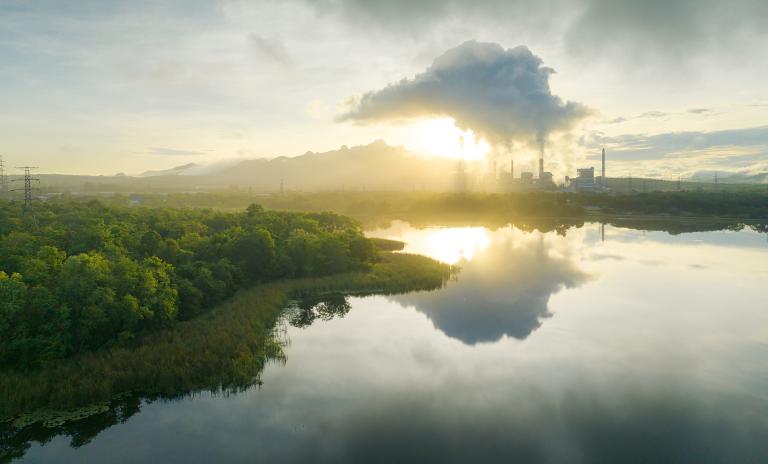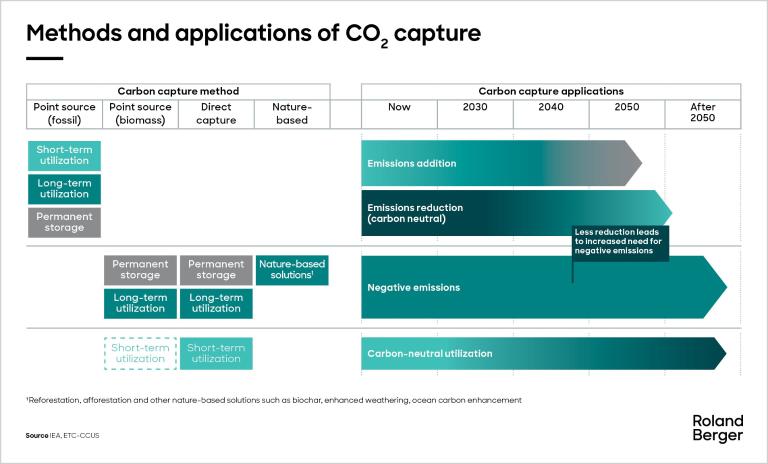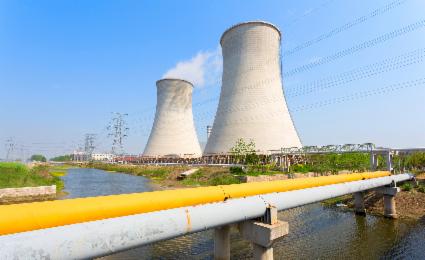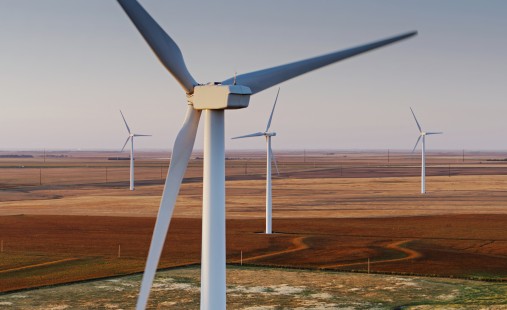Although companies are beginning to show some initiative on sustainability and climate action, pressure from various sides is intensifying. Learn how continued inaction will put a company's competitive position and profits at risk – and why the time to act is now.
Regenerating CO2 - From burden to building block
![{[downloads[language].preview]}](https://www.rolandberger.com/publications/publication_image/Roland-Berger_Report-Regenerating-CO2_Cover_download_preview.jpg)
Exploring negative emissions by discussing carbon capture technologies, applications for captured CO2, and considering the measures that stakeholders can adopt.



_person_144.png?v=869993)





_person_320.png?v=869993)

